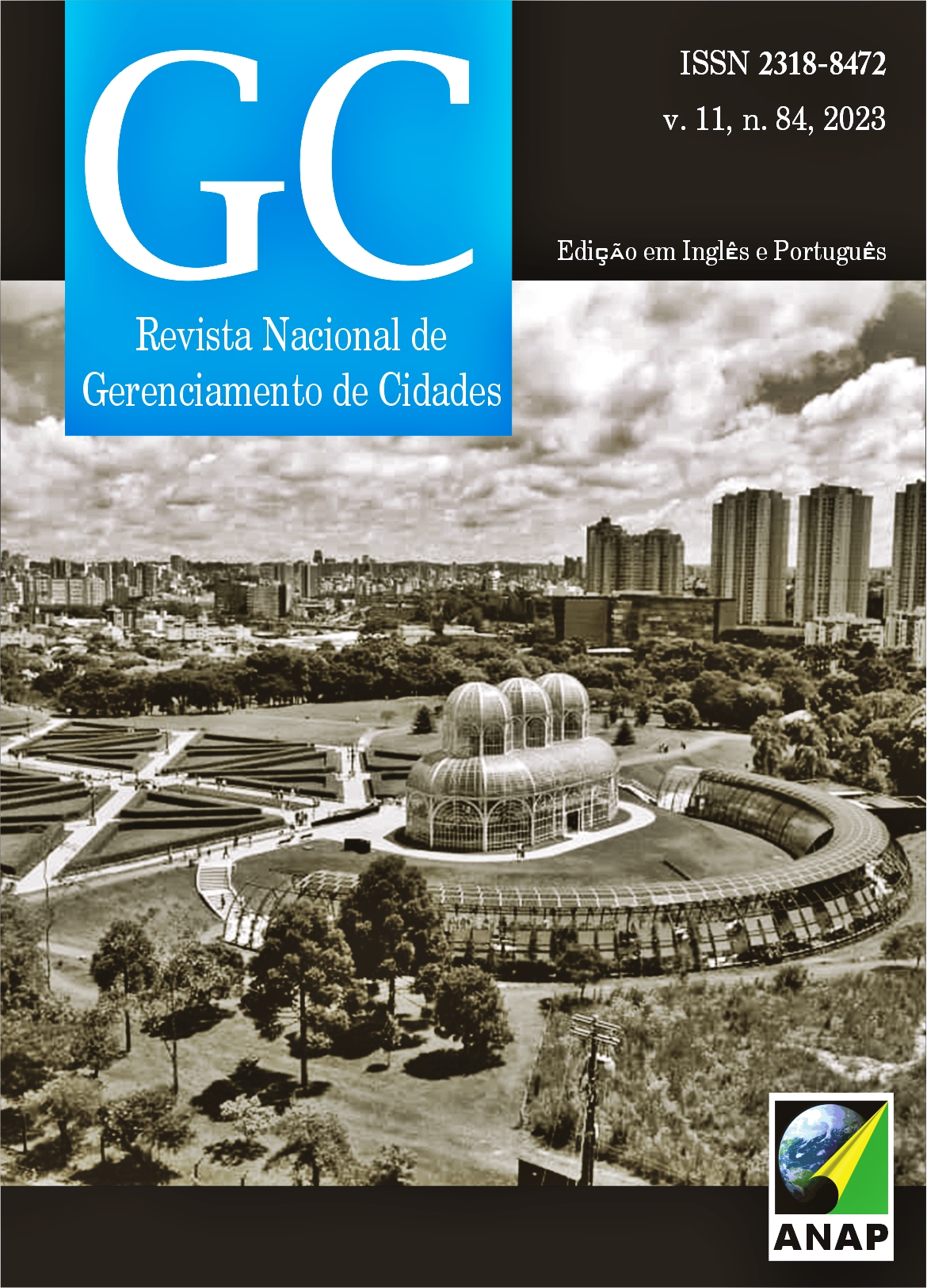Social representations as a spatial conditioner: The talk of violence in Carioca funk and the social perception of territories in Rio de Janeiro
DOI:
https://doi.org/10.17271/23188472118420234695Palavras-chave:
Representation, Necropolitics, Territorialities, FunkResumo
The work investigates the clashes of the representations of violence linked to “Carioca funk” and analyzes how they condition the identification of territories perceived as conflict zones. It is generally believed that these social representations are influenced by language, culture and narratives created by different players and their interests. In order to understand how this conditioning takes place, a specific event stands out as a case study, the "arrastão" (riot) on October 18, 1992, on Ipanema Beach, Rio de Janeiro. The theoretical-methodological contribution used is based on Chartier's notion of “representation” and Mbembe's concept of “necropolitics”. Based on the work of these authors, we seek to show how power can be built, maintained and reinforced through the social representations that are created and disseminated. To analyze the event, sources in newspaper articles, television news spots, police testimonies, funk lyrics and the relevant scientific literature are used. Through the different representations of the same event, it was possible to highlight the condition they exert on the perceptions and recognition of “fearful” urban territories.
Downloads
Downloads
Publicado
Edição
Seção
Licença

Este trabalho está licenciado sob uma licença Creative Commons Attribution-NonCommercial-ShareAlike 4.0 International License.














